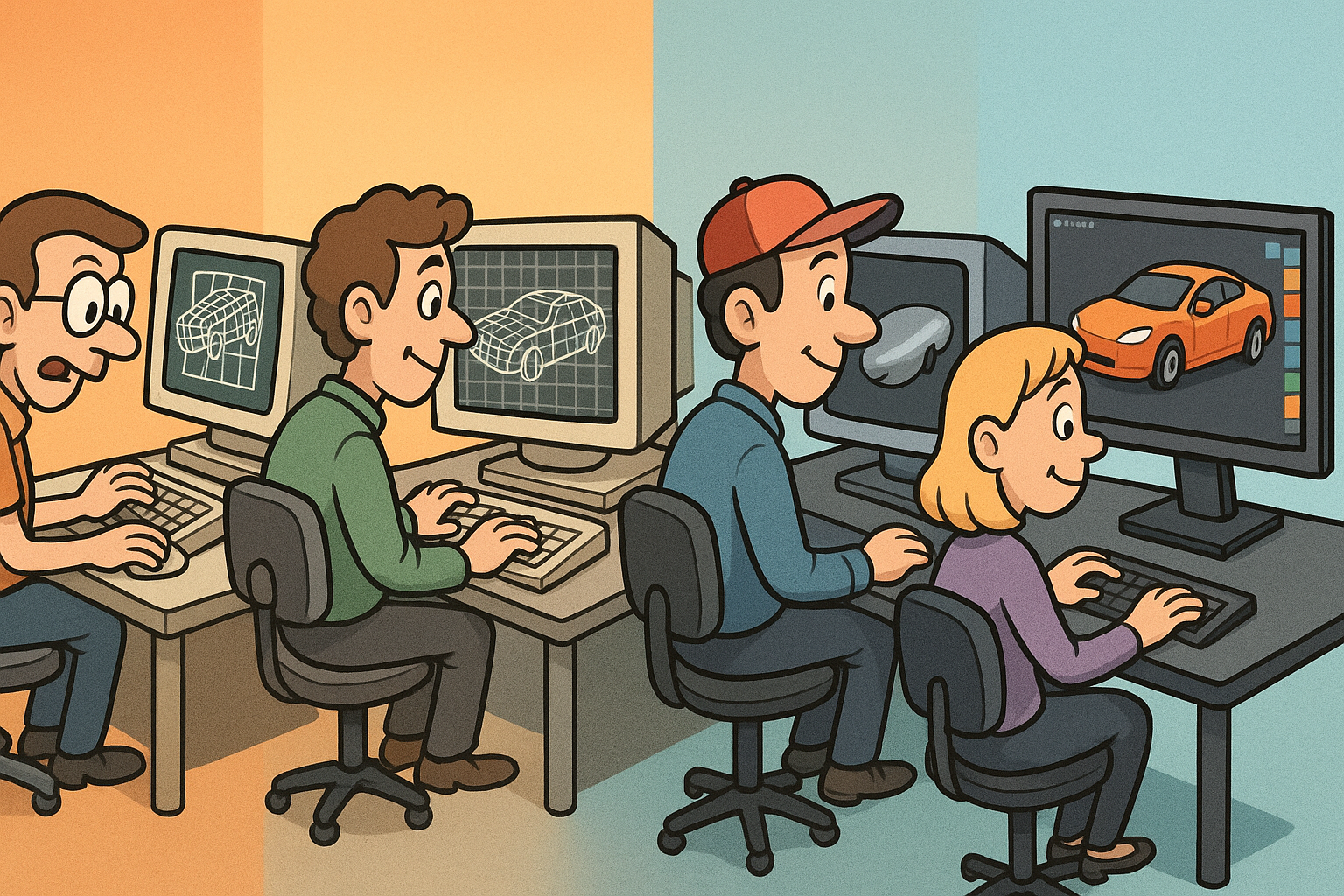Your Cart is Empty
Customer Testimonials
-
"Great customer service. The folks at Novedge were super helpful in navigating a somewhat complicated order including software upgrades and serial numbers in various stages of inactivity. They were friendly and helpful throughout the process.."
Ruben Ruckmark
"Quick & very helpful. We have been using Novedge for years and are very happy with their quick service when we need to make a purchase and excellent support resolving any issues."
Will Woodson
"Scott is the best. He reminds me about subscriptions dates, guides me in the correct direction for updates. He always responds promptly to me. He is literally the reason I continue to work with Novedge and will do so in the future."
Edward Mchugh
"Calvin Lok is “the man”. After my purchase of Sketchup 2021, he called me and provided step-by-step instructions to ease me through difficulties I was having with the setup of my new software."
Mike Borzage
Unlocking the Power of KeyShot Web Viewer: A Comprehensive Guide on Its New Features
October 02, 2023 3 min read


In the digital era, it is essential to stay abreast of the latest technologies that bring art to life. One such tool that has gained popularity for its state-of-the-art features is KeyShot by Luxion. It offers a Web Viewer that allows users to interact with 3D content in real-time. This article will guide you through the new features of KeyShot Web Viewer and how to use them effectively.
Understanding the Basics of KeyShot Web Viewer
KeyShot Web Viewer is a tool that lets you publish your KeyShot scenes to the internet, allowing anyone with a link to view and interact with your 3D content. The latest update focuses on optimizing user experience by improving the interface and reducing load times. The new features include automatic configurations and KeyShot 360s.
Preparing Your Scene for Publishing
To publish a scene on KeyShot Web Viewer, you first need to create the scene in KeyShot. If you plan to use the new KeyShot 360 feature, make sure to output a KeyShotXR using the KeyShotXR Wizard or through the Render window. Once the scene is ready, go to the Web Viewer button on the toolbar and open the Web Viewer Upload window. If you are attaching a KeyShotXR, you will find a field where you can drop the .360 file generated when outputting the KeyShotXR.
Publishing Your Scene
After uploading the scene and attaching necessary files, click on the Upload button. Your scene will be baked and published to KeyShot Cloud. You can access the link to your scene through the Upload window and the My Scenes tab of the KeyShot Cloud Library. Sharing the link allows anyone to access your published Web Viewer scene. Following the link, the Web Viewer will open, and you can navigate your scene and attachments through the browser.
Understanding the User Interface Updates
The updated Web Viewer comes with a new tab system along the left side. From there, you can access the main Web Viewer viewport through the 3D tab, Images tab, and 360 tab. You can adjust the Web Viewer quality settings and take screenshots by clicking on the gear icon on the bottom left of the screen. Also, you can cycle through your Components, Materials, Cameras, and Environments through the configurator buttons on the bottom right.
Images Tab and 360 Tab
The Images tab lets you access supplementary images attached in the image section of the upload window. You can navigate using the thumbnail preview images or by cycling through the images with the arrows at the bottom. The 360 tab is where you’ll find any KeyShotXRs attached to your published scene. Your KeyShot 360 will load, and you can interact with it by zooming in and out or by scrolling through the images.
Unlocking the Power of KeyShot Web Viewer
KeyShot Web Viewer’s latest updates have made it easier to distribute scenes to global partners or have conversations with internal stakeholders. The new streamlined interface and additional features ensure that the power of KeyShot is at your fingertips no matter where you are. Hence, KeyShot Web Viewer not only adds value to your workflow but is also a great tool to improve your presentations and collaborations. If you are interested in trying out KeyShot or want to know more about the newest and most advanced design software technology, reach out to our sales team at NOVEDGE.Also in Design News

Design Software History: The Evolution of Design Software: From Early Innovations to the Legacy of Alias Research and Its Impact on Modern Digital Design Tools
October 06, 2025 13 min read
Read More
Transformative Impact of Automated Documentation in Architectural Design
October 06, 2025 9 min read
Read More
Cinema 4D Tip: Boost Productivity in Cinema 4D with Essential Keyboard Shortcuts
October 06, 2025 2 min read
Read MoreSubscribe
Sign up to get the latest on sales, new releases and more …


